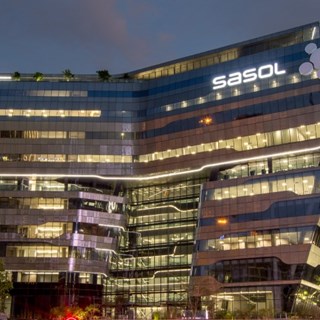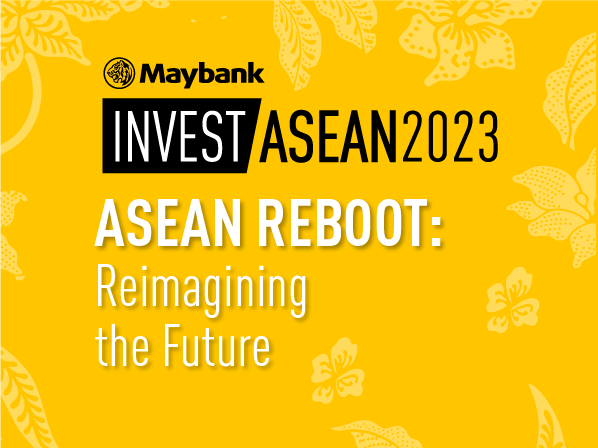Sasol (SOL): A Deep Dive Into The Updated Corporate Strategy

Table of Contents
Key Pillars of Sasol's Updated Strategy
Sasol's updated corporate strategy centers around several interconnected pillars designed to drive sustainable growth and enhance shareholder value. The overarching goals include improving operational efficiency, reducing environmental impact, and strategically diversifying the business. This multifaceted approach aims to position Sasol for success in a rapidly evolving energy landscape.
-
Focus on improving operational efficiency and reducing costs: This involves streamlining processes, optimizing production, and leveraging technological advancements to minimize operational expenditure. Sasol is actively pursuing initiatives to improve resource utilization, reduce waste, and enhance productivity across its operations. For example, the company has invested heavily in digital technologies to enhance data analytics and optimize its supply chain. This has resulted in significant cost savings and improved overall operational efficiency.
-
Emphasis on decarbonization and reducing the company's environmental footprint: Sasol recognizes the urgent need to reduce its greenhouse gas emissions and transition to a lower-carbon future. This commitment is integral to the updated strategy. The company is exploring and investing in various technologies and solutions to meet ambitious decarbonization targets.
-
Strategic investments in new technologies and growth areas: Sasol is actively investing in research and development to explore and develop innovative technologies that align with its sustainability goals and future market demands. These investments include exploration of renewable energy sources, carbon capture, utilization, and storage (CCUS) technologies, and advanced chemical processes.
-
Strengthening the company's financial position and improving shareholder returns: This is a key priority for Sasol. The updated strategy outlines clear financial targets and initiatives aimed at enhancing profitability, improving cash flow generation, and maximizing returns for shareholders. This includes focusing on high-margin products, optimizing capital allocation, and maintaining a strong balance sheet.
Sasol's Focus on Decarbonization and Sustainability
Sasol's commitment to decarbonization is a cornerstone of its updated strategy. The company has set ambitious targets for reducing greenhouse gas emissions, aligning with global climate change goals and regulatory frameworks. This commitment extends beyond simple emissions reductions; it involves a holistic approach to sustainability.
-
Specific targets and goals related to emissions reduction: Sasol has publicly committed to specific, measurable, achievable, relevant, and time-bound (SMART) targets for reducing its carbon footprint. These targets are regularly reviewed and updated to reflect advancements in technology and evolving regulatory requirements.
-
Investments in renewable energy sources or carbon capture technologies: Sasol is investing significantly in research, development, and deployment of renewable energy sources and carbon capture technologies. This includes exploring partnerships and collaborations to accelerate the transition to a lower-carbon energy mix.
-
Sustainability reporting and initiatives: Sasol publishes comprehensive sustainability reports, detailing its progress towards its environmental, social, and governance (ESG) goals. These reports provide transparency and accountability to stakeholders. The company also actively participates in industry initiatives and collaborations focused on sustainability.
-
Impact of these initiatives on Sasol's long-term value proposition: Sasol believes that its commitment to decarbonization is not only ethically responsible but also essential for long-term business success. The company anticipates that its investments in sustainability will enhance its brand reputation, attract investors focused on ESG factors, and open up new market opportunities.
Financial Implications and Investor Outlook for Sasol (SOL)
The updated Sasol (SOL) corporate strategy is expected to have a significant impact on the company's financial performance and investor outlook. While the transition to a more sustainable business model may involve short-term challenges, the long-term benefits are expected to be substantial.
-
Expected changes in revenue streams and profitability: The shift towards lower-carbon products and technologies may lead to changes in revenue streams and profitability in the short term. However, Sasol anticipates that the long-term benefits of diversification and increased efficiency will offset any initial losses.
-
Potential impacts on dividend payouts and share price: The company's financial performance will influence dividend payouts and share price. Investors will closely monitor Sasol's progress in achieving its strategic goals to assess the potential for future returns.
-
Changes in capital expenditure plans: Sasol's updated strategy reflects significant capital expenditure plans aimed at driving growth and innovation. These investments will be closely scrutinized by investors and analysts.
-
Risks and opportunities associated with the new strategy: The transition to a lower-carbon economy presents both risks and opportunities. Sasol will need to effectively manage these risks, including market volatility, technological challenges, and regulatory uncertainties, to successfully execute its updated strategy.
Growth Strategies and Market Positioning of Sasol (SOL)
Sasol's updated strategy includes ambitious growth plans, focusing on expanding into new markets and product areas. This diversification strategy aims to enhance resilience and long-term profitability.
-
Key growth markets and opportunities: Sasol is exploring opportunities in emerging markets and focusing on high-growth sectors. This includes expanding its chemical products portfolio and leveraging its expertise in various applications.
-
Sasol's competitive advantages and market position: Sasol's integrated business model, technological capabilities, and established global presence provide strong competitive advantages.
-
Potential mergers, acquisitions, or partnerships: Sasol may explore strategic mergers, acquisitions, or partnerships to accelerate growth and access new technologies or markets.
Conclusion
Sasol's updated corporate strategy represents a significant commitment to sustainable growth and operational excellence. By focusing on decarbonization, operational efficiency, and strategic investments, Sasol aims to enhance its long-term value proposition for shareholders and stakeholders alike. The success of this strategy will depend on effective execution, navigating market volatility, and adapting to evolving industry trends. To stay informed about the progress of this crucial strategic shift, continue following developments and analysis related to the Sasol (SOL) corporate strategy. Regularly reviewing official company releases and industry reports will help you assess the long-term impact of this ambitious plan.

Featured Posts
-
 Visita Familiar Michael Schumacher Viaja A Suiza Desde Mallorca En Helicoptero
May 20, 2025
Visita Familiar Michael Schumacher Viaja A Suiza Desde Mallorca En Helicoptero
May 20, 2025 -
 Rashford Fires Manchester United To Fa Cup Victory Over Aston Villa
May 20, 2025
Rashford Fires Manchester United To Fa Cup Victory Over Aston Villa
May 20, 2025 -
 Maybank Drives 545 Million Investment In Economic Zone
May 20, 2025
Maybank Drives 545 Million Investment In Economic Zone
May 20, 2025 -
 Kaellman Ja Hoskonen Loppu Puolan Seuralle
May 20, 2025
Kaellman Ja Hoskonen Loppu Puolan Seuralle
May 20, 2025 -
 Fa Cup Rashfords Two Goals Secure Manchester United Win Over Aston Villa
May 20, 2025
Fa Cup Rashfords Two Goals Secure Manchester United Win Over Aston Villa
May 20, 2025
